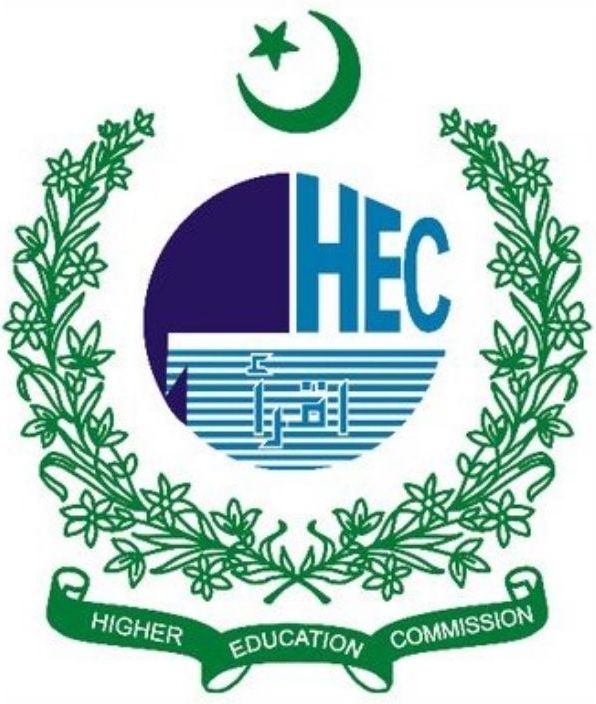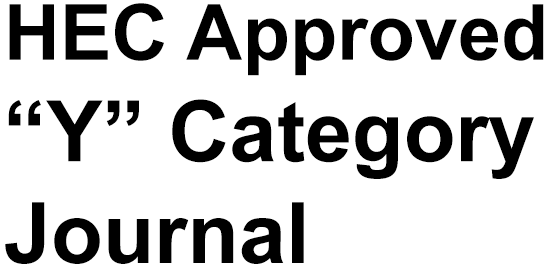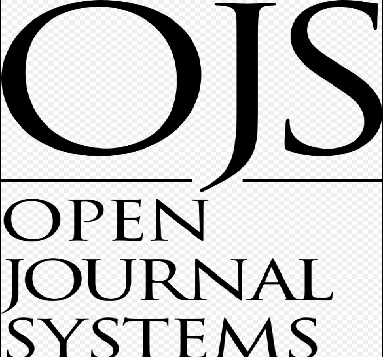Adoption Theory and IPM Practices in Sindh Province of Pakistan: A Qualitative Study
DOI:
https://doi.org/10.63056/ACAD.004.02.0258Keywords:
adoption , Integrated Pest Management (IPM) , Qualitative analysis , Sustainable agricultureAbstract
Today farmers are making significant efforts to deal with food insecurity while trying to enhance their yield or profitability, therefore applying chemical fertilizers and using pesticides markedly, while ignoring the IPM practices deliberately. This study highlights the reluctance of local farmers in Sindh to adopt IPM practices, despite their numerous benefits. Hence, a study was staged to investigate factors using Adoption Theory lenses that may create hindrances in adopting IPM practice/techniques by the local farmers of Sindh Province of Pakistan. Thus, primary data was collected through in-depth interviews with fifteen (15) participants using purposive sampling method, since NVIVO software was used to analyze qualitative data collected through primary sources. Thus, the study highlights multiple factors as indicated by Rogers (1995) and validates that the relativity, complexity, compatibility, trialability, and observability were potentially functioning as main factors contributing to this reluctance/adoption of IPM practices. Moreover, these factors were merely led by fear of economic disadvantages and lack of market. To promote IPM adoption, policymakers and stakeholders must provide targeted support, resources, and incentives while establishing specific markets.
Downloads
Published
Issue
Section
License
Copyright (c) 2025 Mr. Qaim Din Bahalkani, Dr. Muhammad Javed Sheikh, Dr. Ghulam Mujtaba Khushk, Dr. Riaz Ali Buriro (Author)

This work is licensed under a Creative Commons Attribution 4.0 International License.












